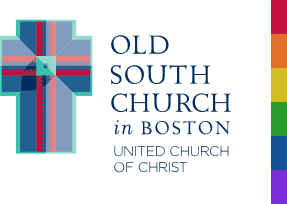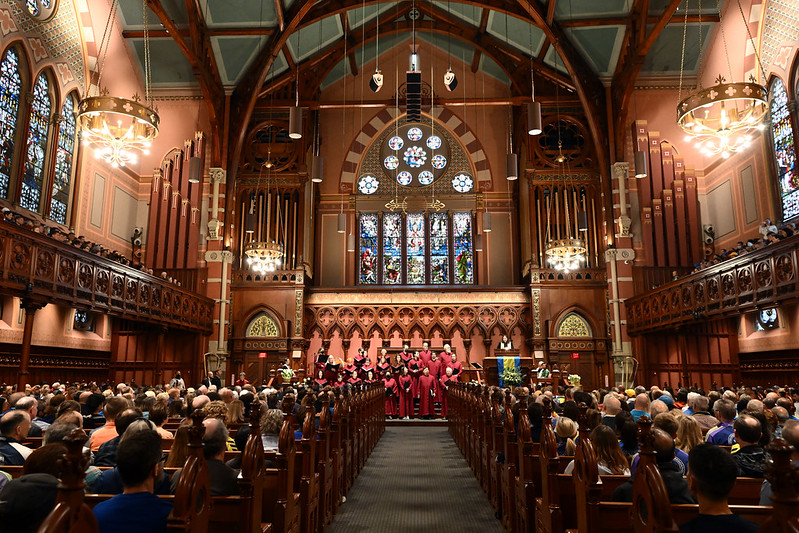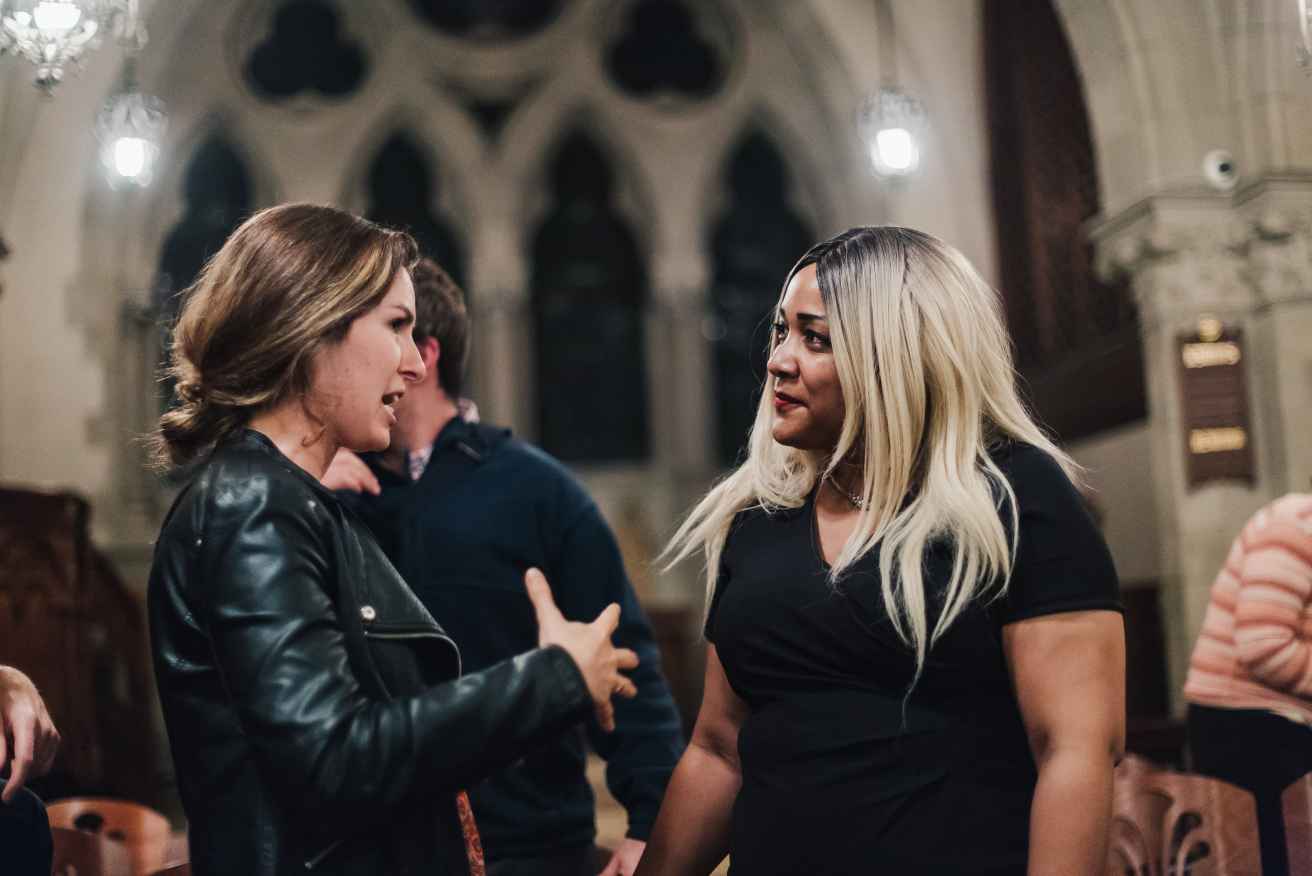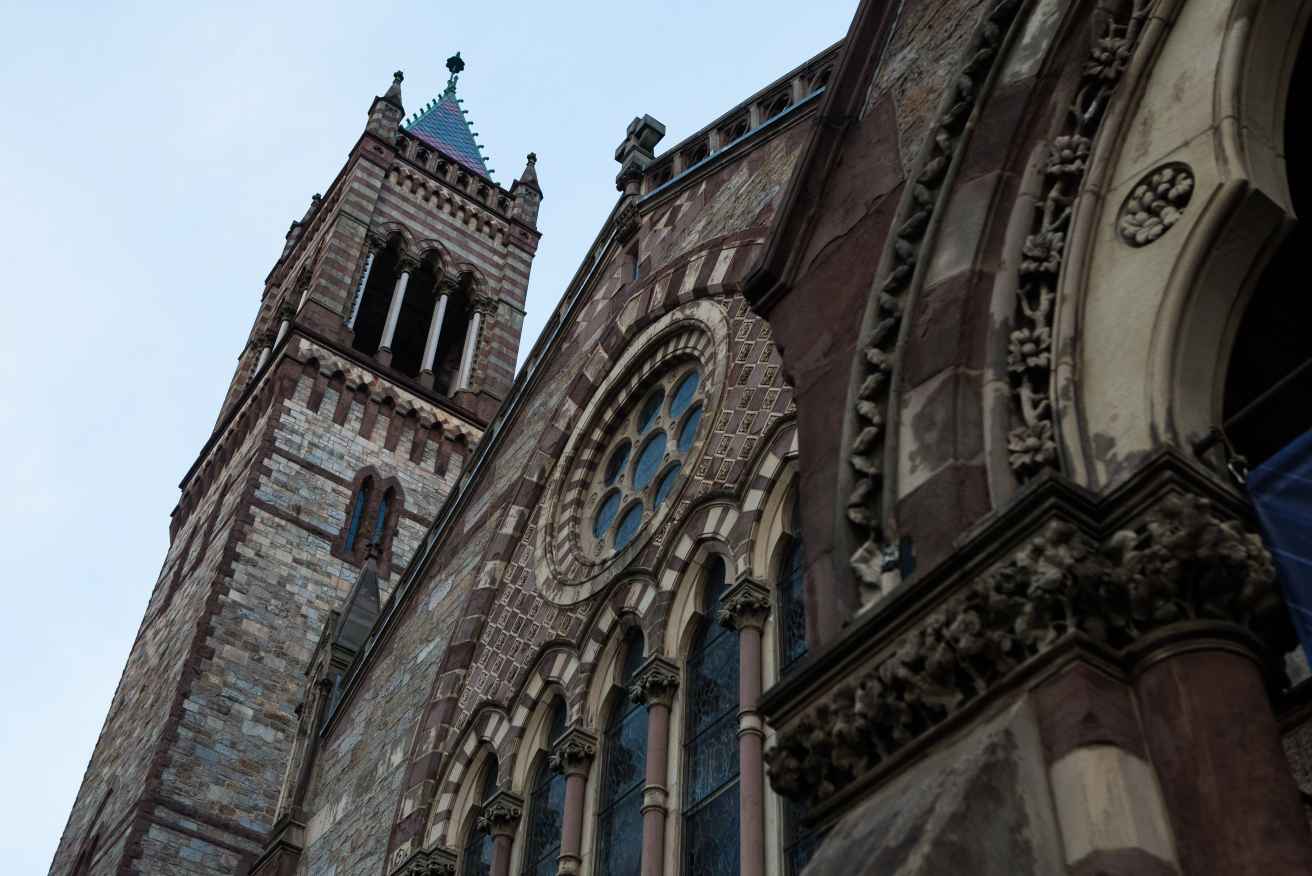Festival Worship - Fourth Sunday after Epiphany
Festival Worship - Fourth Sunday after Epiphany
Refreshment
Transcript
At seminary, students of divinity are introduced to the mysteries. Ranked high among the mysteries to which aspiring ministers are introduced, are the miracles of Jesus.
Theological students study the miracles of Jesus the same way medical students study the miracles of the human body: they dissect them, sort them and categorize them. They endeavor to understand how and why each of the miracles functions within the entire system of the Jesus narrative.
The miracles of Jesus are typically sorted into three distinct groups.
First, and most plentiful, are the healing miracles. Physical healings, for instance, the healings of the paralytic, of the ten lepers, of the woman with flow of blood, the giving of sight to blind Bartimaeus. Then there are the healings of the mind or spirit (called in the New Testament exorcisms): the exorcisms of the Gerasene demoniac, of a young boy, of woman in the synagogue in Capernaum.
Second, are the resurrection miracles: the raising of Jairus’ daughter, the raising of the young man from Nain, the raising from the dead of Jesus’ dear friend, Lazarus, and, then ultimately and most wonderfully, Jesus’ own resurrection.
Third, there are nature miracles: the stilling of the storm, Jesus walking on water, the great catch of fish, withering the fig tree, and the fish in whose mouth is found a coin.
In addition, among the nature miracles, there is a subcategory sometimes called the refreshment miracles (my favorite category of miracles). The refreshment miracles include the multiplication of the loaves and the fishes and Jesus’ first miracle, his debut miracle: his miraculous turning of water into wine—not just any wine, but fine wine, complex and velvety wine … and not just at any time and place, but at a wedding!
On the sanctuary’s North Wall, to my right, are five tall, tracery windows. Each window tells a different miracle story. As long as I have been here, I have wondered at those miracle windows, at the choices our forebears made.
I have wondered why three of the five miracles represent a single category. Three of the five depict miracles of resurrection. Beginning with the one nearest the organ pipes, nearest the front, there is the Resurrection of Jesus. Next, working to the left, is the raising of Lazarus from the tomb. And, then, still moving left, but skipping the central window, there is the raising of Jairus’ daughter.
Three of five concerned with death and resurrection? When you have five chances to depict five miracles, why would you choose three miracles from one category? Why so much attention to death and dying and rising?
I don’t know for certain, but I do know this: that the Civil War had ended barely ten years prior to the completion of this building. Massachusetts sent 150,000 troops, 14,000 died … many more returned wounded, maimed and forever changed.
And, I know this: that this building was completed in 1875, smack in the middle of the Industrial Revolution. It was built during an era of unprecedented expansion to be sure: the era of railroads, canals, turnpikes, of the mechanization of agriculture and hugely productive mills. But it was also an era of crowded cities, factory towns, long hours, squalid conditions, disease, the death of children … and a high worker mortality rate.
And, I know this: that it was in 1872 that Boston’s Great Fire ravaged this city. Raging from the Common to the Waterfront, Boston’s Great Fire reduced 1,000 businesses to ashes, killed 30 people, including 12 firefighters … and singed this congregation’s former home, our Meeting House.
The Great Fire’s flames licked at our steeple, charred our shutters and blackened our pews. Boston’s Great Fire rendered the Old South Meeting House unusable.
What’s more, I know that in 1874 (the year before we moved into this building) a dam gave way on the Mill River in western Massachusetts. A wall of water between 20 and 40 feet high and 300 feet wide rushed downstream and almost everything in its path was destroyed. Enormous factories were reduced to stone rubble or splintered planks. Houses, swept off their foundations, collapsed. Cows, horses, and people were sucked into the roiling water and tossed around like rag dolls. Within an hour, the flood had leveled four entire villages.
Finally, it reached a broad plain outside of Northampton. There, the river spread out over acres of fields, depositing its awful contents: machinery, furniture, bridges, rocks, trees, livestock and human bodies.
It took days to recover the bodies of the 139 people who lost their lives to the Mill River Flood.
Furthest toward the back of the sanctuary, furthest to the left, the window depicts the miracle of Jesus’ stilling of the storm at sea … Jesus commanded wind and the waves … and they obeyed him.
I know this: that Boston and New England are storm-prone and storm-tossed. As a port city and a fishing port, Boston knew and knows too well the power of Nor’easters, gale force winds and rogue waves … of shipwreck and the incidence of death and dismemberment among commercial fishermen.
Not many years before these windows were chosen, still fresh in the horrified memories of Bostonians, there was the fate of the brig, The Saint John. The Saint John was filled with Irish immigrants, one hundred Irish immigrants—men, women and children—simultaneously fleeing the potato famine and seeking a new life in this new world.
Their voyage had been a good one, safe and weather free. Just as they were nearing the end of their long passage, just off the coast of Cohasset, within sight and sound of land, a storm brewed. Gale force winds and waves “as high as mountains” drove the brig into an underwater ledge.
The impact broke her back, opened her seams … and she began to break up. Those below decks were drowned within minutes. Horrified spectators saw passengers by the dozens swept from the crowded decks into the boiling surf.
Even though they were deafened by the howling of the wind and the thunder of the seas, the watchers on shore were convinced that they could hear the screams of the unfortunates as they were sucked down into the maelstrom to their deaths. (Shipwreck of the Saint John, Clare County Library: www.clarelibrary.ie/eolas/coclare/history/shipwreck_st_john.htm)
I think I am beginning to understand our forebears and their choice of four of the five windows: a preoccupation with the harrowing presence of death and with the great powers of nature: fierce, wild, sudden and terrifying.
What then, of the central window? As I build my case I ask that you look opposite, to the Tracery windows on the South wall. These five tall windows each depicts, not a miracle of Jesus, but a parable of Jesus. The central window depicts arguably the most famous and important of Jesus’ parables: the parable of the Good Samaritan.
I assume that by locating this most important parable in the center of the five windows, our forebears meant to give to the Parable of the Good Samaritan pride of place.
If I am right, we can assume that our forebears also gave pride of place to the refreshment miracle on the North Wall …that they gave pride of place to Jesus’ first miracle, his debut miracle, the turning of water into wine at the wedding of Cana in Galilee.
Here is what I take from this: that these windows speak to us of what is true and real: that everyone dies … but not everyone really lives. The central window is an invitation and reminder to really live. In the midst of life’s vicissitudes, life’s storms and perils, to seek out and, indeed, to dare author spots of joy and oases of refreshment.
As Jesus rightly sensed a wedding is such an occasion … an oasis of refreshment … a reminder that despite death and pain, despite grief and weariness, hunger and disease, there are in this world—here and now—occasions of great joy, of utter and unbounded delight: the evocation of love, the glad revelry of a party, moments of good cheer and gaiety, the promise of new life.
Today we pause in the midst of a world bloodied with violence and stalked by disease … a world of terrorists and pirates, fanatics and the desperate … we pause from an economy that lurches and stumbles, reeling toward disaster ... we pause to refresh ourselves with the power of love, the beauty of commitment, the tender strength of two persons who dare to make brave and fateful promises to each other, to God and to themselves.
I bring you a miracle: for a moment—for this moment—the storms are stilled, death is frustrated and love wins.







